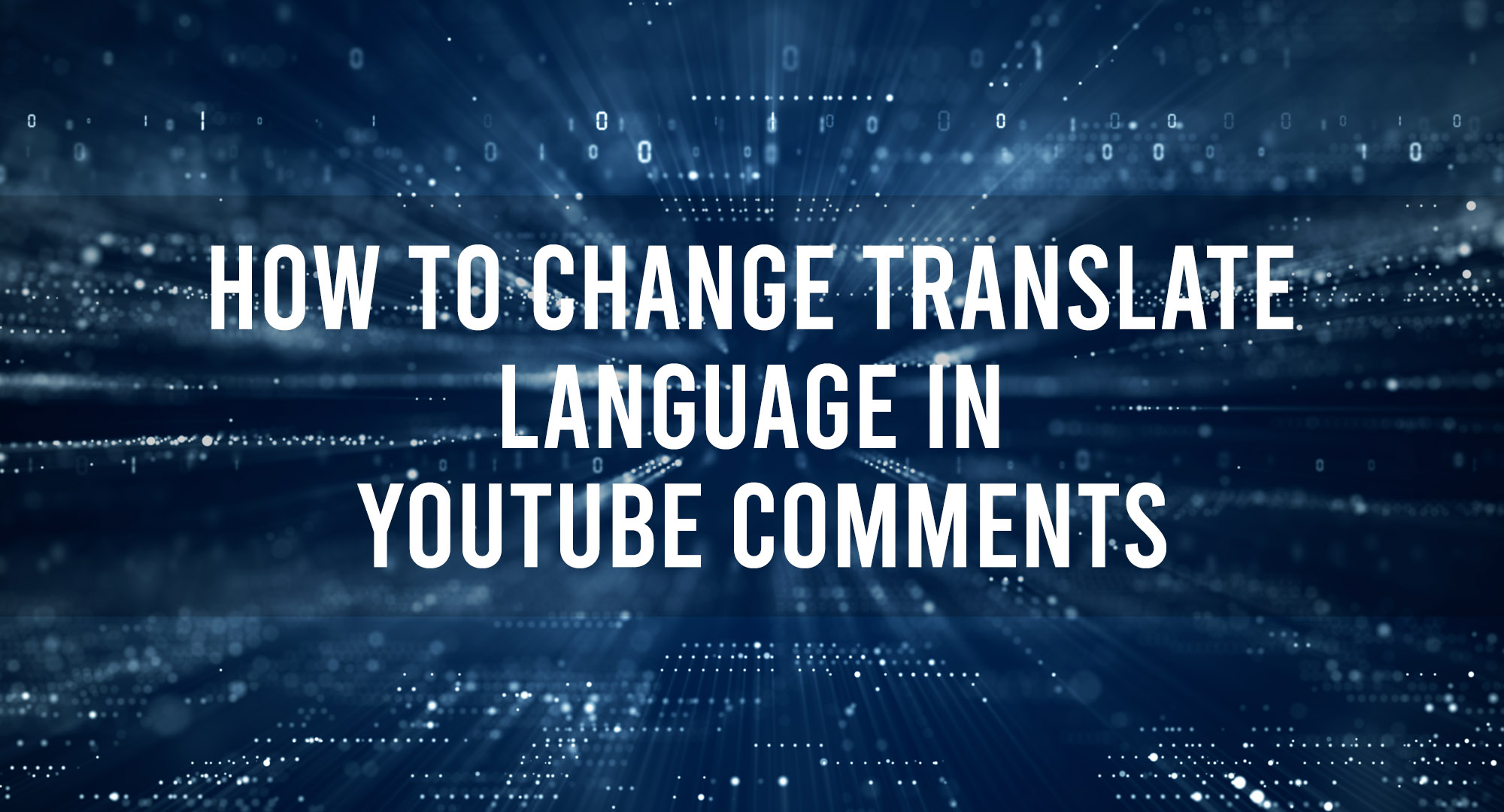YouTube has become a melting pot of global cultures, fostering the convergence of diverse content creators and their equally diverse audiences. Given this vast linguistic diversity, it’s not uncommon for comments to be written in languages that we might not understand. Fortunately, YouTube, understanding the global appeal of its platform, has incorporated a translate feature for comments. If you’ve ever wondered how to change the translation language for YouTube comments or how the process works, you’ve come to the right place.
Understanding YouTube’s Translation Feature
Table of Contents
Before we delve into the ‘how-to,’ it’s essential to understand that YouTube utilizes Google’s powerful translation engine to offer these translations. While these translations can be quite accurate, they aren’t perfect. Therefore, users should approach translated comments with an understanding that nuances or colloquial phrases might not always be captured accurately.
Steps to Translate YouTube Comments
- Navigate to the Comment: First, find the comment you want to translate. This could be underneath a video or in your YouTube Studio if you are a content creator.
- Look for the ‘Translate’ Option: Not all comments will have this. The option typically appears when YouTube detects that the comment is in a language different from the one you’ve set in your preferences.
- Click ‘Translate’: The comment will then be translated into the default language you’ve set for your YouTube interface.
How to Change the Default Translate Language
If you want to change the language to which comments are translated, follow these steps:
- Go to YouTube’s Main Page: Start by navigating to the main YouTube homepage.
- Access Account Settings: Click on the three vertical dots (or your profile icon) in the top right corner.
- Select ‘Language’: In the dropdown menu, navigate to the ‘Language’ option.
- Choose Your Preferred Language: From the list of available languages, pick the one you want YouTube’s interface, and translations, to be in.
- Refresh and Test: To ensure your changes have taken effect, refresh the page and go back to a comment that needs translating. It should now translate to your chosen language.
Things to Remember
- Not Always Available: The translation option doesn’t appear for every non-native comment. The availability often depends on the detected language and the compatibility with Google’s translation engine.
- Accuracy Can Vary: While Google’s translation services are among the best, they’re not infallible. Colloquial phrases, slang, or culturally specific references might not translate perfectly.
- Always Approach with Empathy: Remember that there’s a person behind every comment. Even if a translation seems odd or humorous, approach it with respect and understanding.
Conclusion
Being able to change the translation language in YouTube comments is a boon for those of us who relish global content. It bridges linguistic gaps and fosters a sense of unity among users. With the simple steps outlined above, you can easily change your default translation settings and enjoy comments from all corners of the world. Whether you’re a curious viewer or a content creator eager to engage with a diverse audience, this feature ensures that language is no longer a barrier.

Timothy is a tech enthusiast and has been working in the industry for the past 10 years. He has a vast knowledge when comes to technology and likes to help people with this knowledge.
